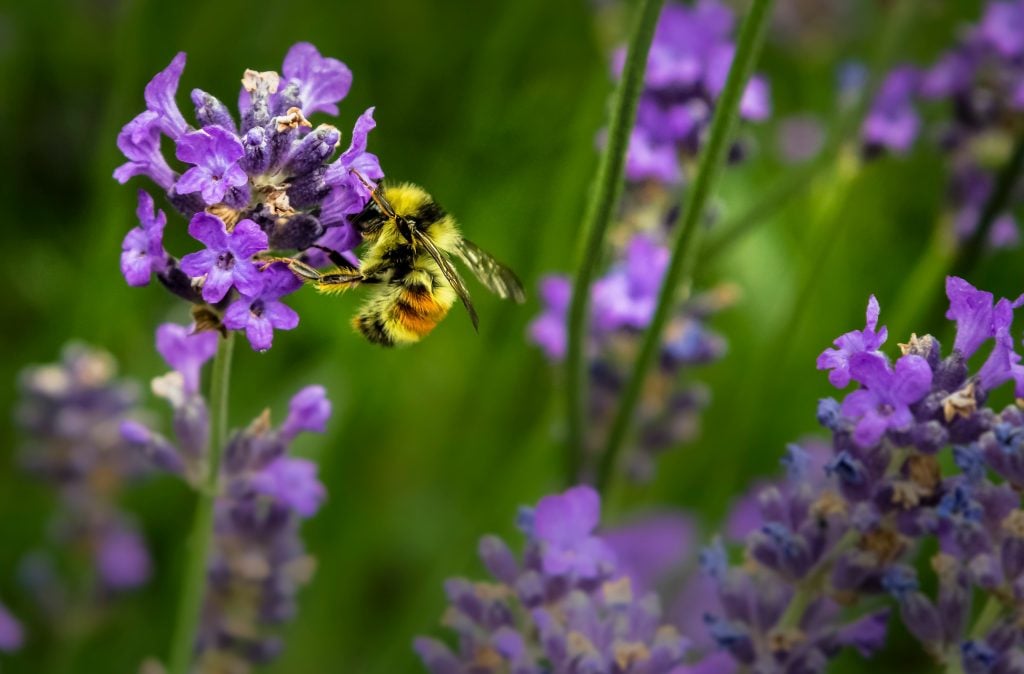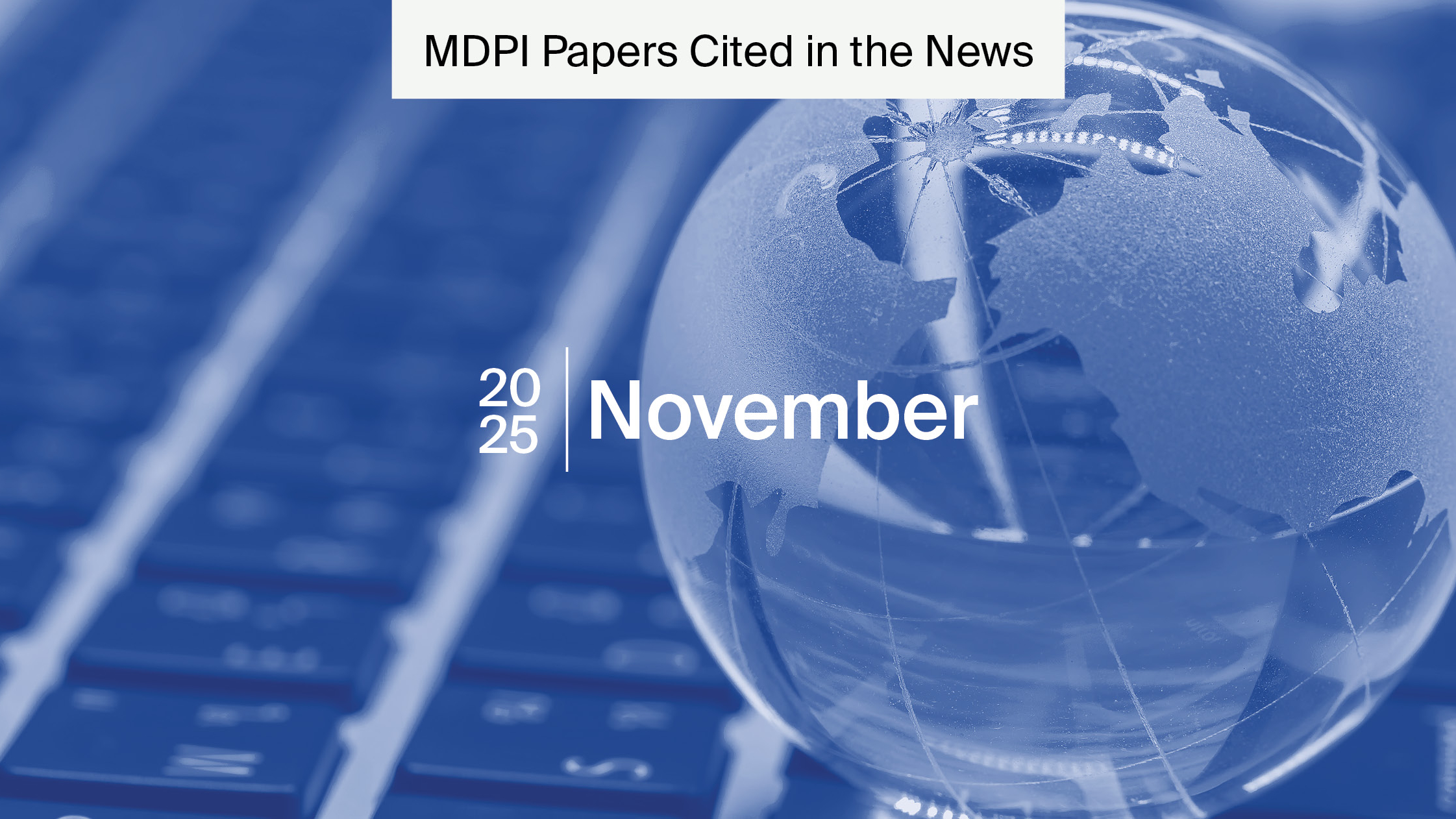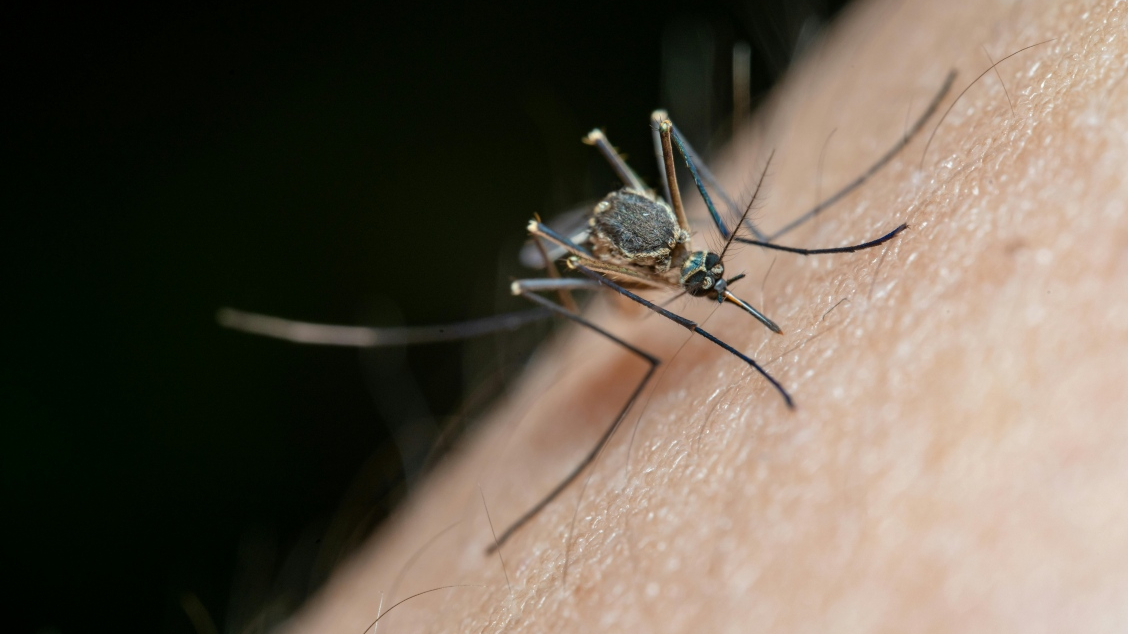
MDPI Articles Cited in the News: September 2024
In this September’s Cited in the News roundup, we explore highlights from the 783 news mentions of MDPI articles. This includes research cited in popular news outlets such as Scientific American, TIME and National Geographic. Here, we learn about the anti-aging properties of retinol and how air pollution affects pollinators. We also see how drinking popular sports drinks can help with hydration, and how beans can decrease glycemic responses in the body.
The power of retinol
Published in Biomolecules: Human Skin Aging and the Anti-Aging Properties of Retinol
Cited in Scientific American: How Retinol Cosmetics Change Skin at a Chemical Level
The use of retinol has caused quite a buzz in the skincare industry. But what does it do, and how does it work exactly? Retinol is a synthetic or natural derivative of Vitamin A. We usually source vitamin A from different things, such as fish, meat, or certain fruits and vegetables. Our body harnesses the precursors from these foods, to produce vitamin A. This key component plays a role in maintaining skin health. Therefore, using retinol in skincare has proven beneficial in improving skin texture, the appearance of fine lines or wrinkles, and enhancing skin thickness.

A review published in Biomolecules provides an extensive summary of the anti-ageing properties of retinol, explaining previous studies that demonstrate the mechanism and effectiveness of the compound.
The study first explores the mechanisms behind skin ageing, describing how the ageing process impacts the intrinsic structure and function of the skin at both a dermal and epidermal level. This includes a reduction in stem cells present, the degradation of collagen and a decrease in collagen signalling. It also encompasses an increase in inflammatory components and a decrease in autophagy – a cellular process responsible for the removal of damaged cells. Taken together, these factors promote skin ageing and age-related skin conditions.
The paper further explains how the use of retinol can improve the signs of skin ageing, which includes boosting collagen synthesis, enhancing the expression of specific genes, and reducing oxidative stress. Studies also suggest it plays a role in regulating certain signalling pathways involved in inflammation and extracellular matrix turnover (this is the supportive region of the cells which consists of components like collagen and elastin). The authors conclude that further research is required to analyse the mechanisms of natural and synthetic topical retinoids more closely, for use in skincare to improve skin health.
Sports drinks for the win
Published in Nutrients: Post-Exercise Rehydration in Athletes: Effects of Sodium and Carbohydrate in Commercial Hydration Beverages
Cited in TIME: Do You Need to Take Electrolytes to Stay Hydrated
Sports energy drinks usually contain high levels of electrolytes and carbohydrates, which companies claim will boost energy and hydration levels. But what does the science say? Electrolytes are important minerals like sodium, potassium and sugar which your body uses to carry out essential functions. Electrolytes have been previously shown to help with dehydration.
Research published in Nutrients puts this to the test and looks at whether sports drinks and other oral rehydration solutions (ORS) with electrolytes boost hydration. The authors tested the ORS by measuring the body mass lost after exercise of male athletes. They then measured their body mass after rehydration with either ORS or just water alone.
The study showed that consuming ORS and sports drinks, which were loaded with high levels of sodium and carbohydrates, restored more body mass that was lost in dehydrated male athletes after exercise, compared to only drinking water.
This research confirmed that commercial sports drinks which contain electrolytes do promote superior rehydration, and may be beneficial when doing sports. The timing at which the drinks were consumed may require more analysis, as the study shows that consuming ORS two hours earlier may be more advantageous for rehydration. Furthermore, the authors conclude that future research should focus on understanding the link between sodium balance and fluid retention and its role in rehydration.
How air pollution affects pollinators
Published in Antioxidants: Ozone pollution Alters Olfaction and Behavior of Pollinators
Cited in BBC Future: Why Air Pollution Bamboozles Pollinating Bees

Bees and wasps are important species that contribute to the ecosystem, as they are key pollinators. They ensure that pollen is carried from plant to plant, increasing the abundance of flowers and greenery. However, pollution threatens most living organisms, whether through habitat destruction or rising global temperatures. An additional way pollution can impact living creatures is by increasing the pollutant ozone (O3) present at ground level.
Due to the strong oxidative potential of O3, negative effects on both emission and lifetime in the atmosphere of plant volatile organic compounds (VOCs) have already been highlighted. VOC alteration by O3 may potentially affect the attraction of pollinators that rely on these chemical signals. In the study, the researchers exposed insects to various levels of O3 for different durations and analysed their psychological and behavioural changes.
They found that high levels of O3 exposure impeded the insects’ ability to detect and react to VOCs in flower pollen. This study demonstrates key findings that air pollution potentially has a significant impact on the behaviours of pollinators like bees and wasps to pollinate flowers. This has subsequent effects on the ecosystem, where plants may depend on pollinators to carry their pollen to other plants, and aid in reproduction.
The body’s response to beans
Published in Nutrients: Minimal Effective Dose of Beans Required to Elicit a Significantly Lower Glycemic Response than Commonly Consumed Starchy Foods: Predictions Based on In Vitro Digestion and Carbohydrate Analysis.
Cited in National Geographic: Black beans. Pinto beans. Cannellini. How do they stack up nutritionally?
Beans, such as black beans and kidney beans are highly nutritious and can be included in dishes as part of a healthy, balanced diet as they are low in carbohydrates and high in fibre. A study published in Nutrients analysed the body’s glycemic response to beans compared to other starchy foods.
The body’s glycemic response demonstrates food’s impact on blood sugar levels. For example, foods with higher carbohydrate (or sugar) content raise blood sugar levels, which eventually return to normal after some time. Hormones like insulin and glucagon regulate blood sugar levels.
The study discusses how beans are involved in lowering glycemic response. Therefore, the researchers wanted to find out what the minimum effective dose (MED) of the beans was that reduced the glycemic response compared to other starchy foods.
Here, they found that 6 commonly consumed beans were able to lower glycemic responses compared to other starchy foods, such as corn, potato and macaroni. The results showed that the MED to lower the glycemic response was greater or equal to ¼ of a cup. This important research could be useful for health practitioners and dietitians when creating health plans for patients who are trying to maintain healthier diets.
MDPI publishes research across all scientific disciplines. Click here to access the full journal list and to find out more.










